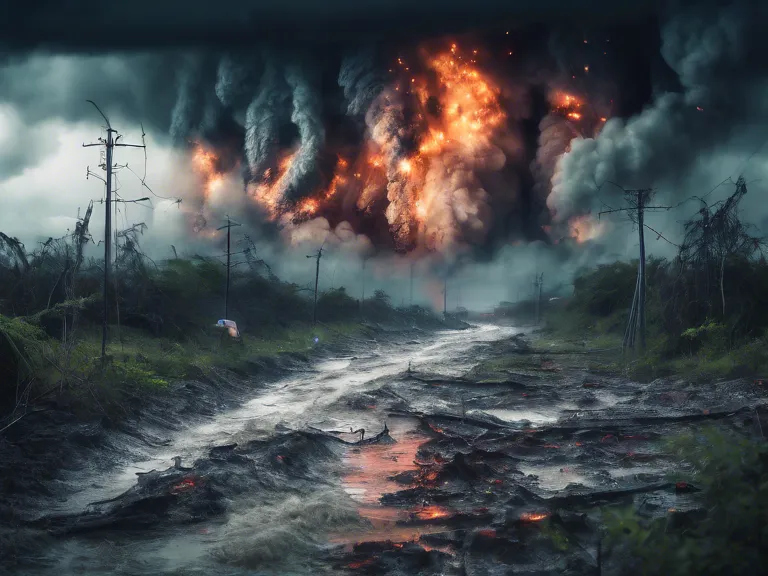
In recent years, the impact of natural disasters has become more severe due to climate change and urbanization. To minimize the loss of life and property, early warning systems play a crucial role in alerting the population and enabling timely evacuation. Predictive AI technology is revolutionizing early warning systems by providing more accurate and timely forecasts of natural disasters.
Predictive AI utilizes machine learning algorithms to analyze various data sources such as weather patterns, seismic activities, and satellite images. By identifying patterns and trends in the data, AI algorithms can predict the likelihood and severity of natural disasters such as hurricanes, earthquakes, wildfires, and floods. This enables authorities to issue warnings to the public well in advance, allowing for proper preparation and evacuation.
One of the key advantages of predictive AI for early warning systems is its ability to process vast amounts of data in real-time. Traditional early warning systems often rely on human analysts to interpret data and make predictions, which can be time-consuming and prone to errors. Predictive AI algorithms can analyze data much faster and more accurately, allowing for quicker and more reliable forecasts.
Furthermore, predictive AI can also improve the specificity of early warnings. By taking into account various factors such as topography, infrastructure, and population density, AI algorithms can provide tailored warnings to specific regions or communities. This not only increases the effectiveness of early warning systems but also helps to reduce false alarms and unnecessary panic.
Overall, predictive AI has the potential to significantly enhance early warning systems for natural disasters. By leveraging advanced machine learning algorithms and real-time data analysis, AI can provide more accurate and timely forecasts, leading to better preparedness and response efforts. As the frequency and intensity of natural disasters continue to rise, the integration of predictive AI technology is becoming increasingly crucial for safeguarding communities and saving lives.



